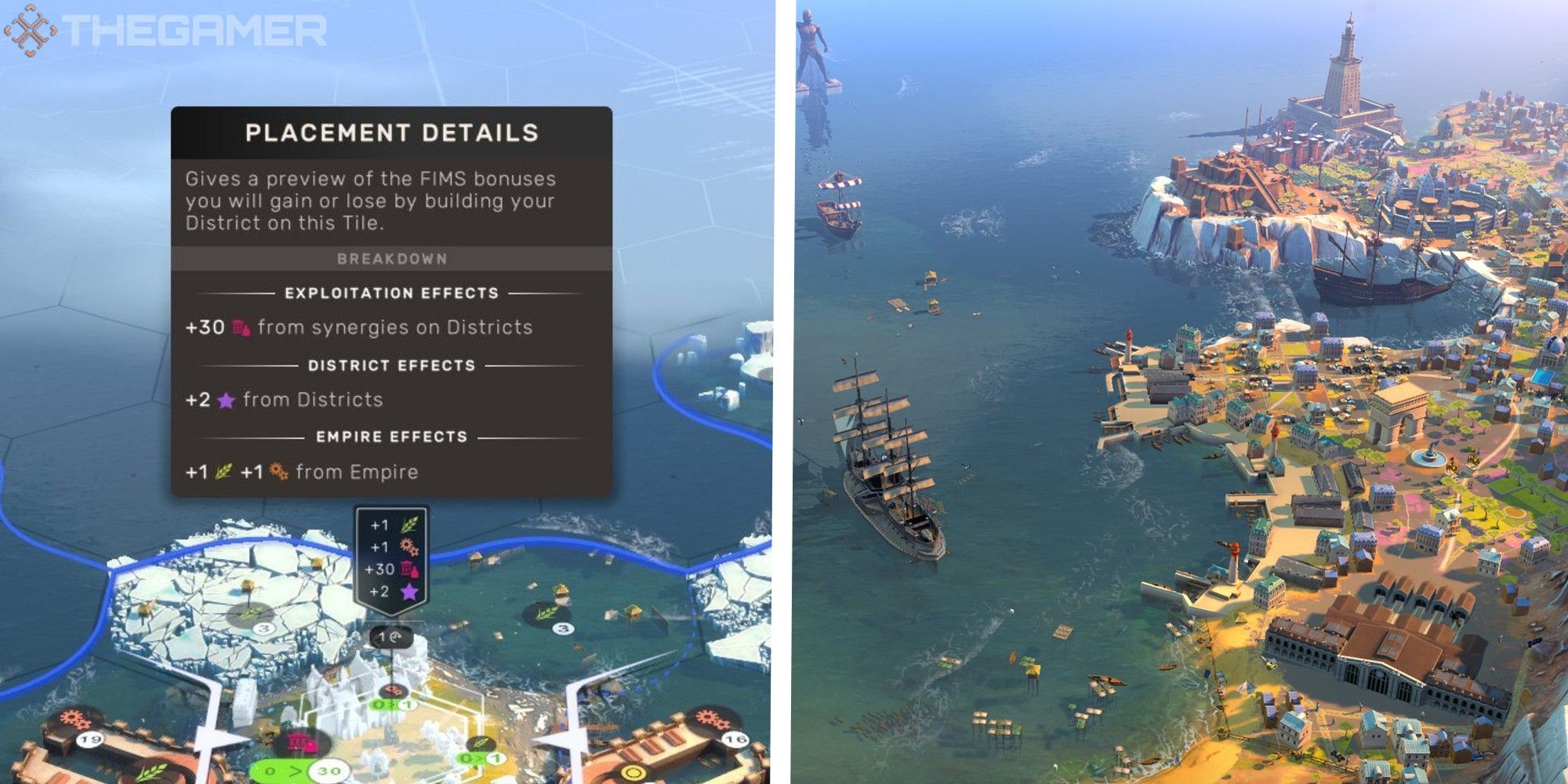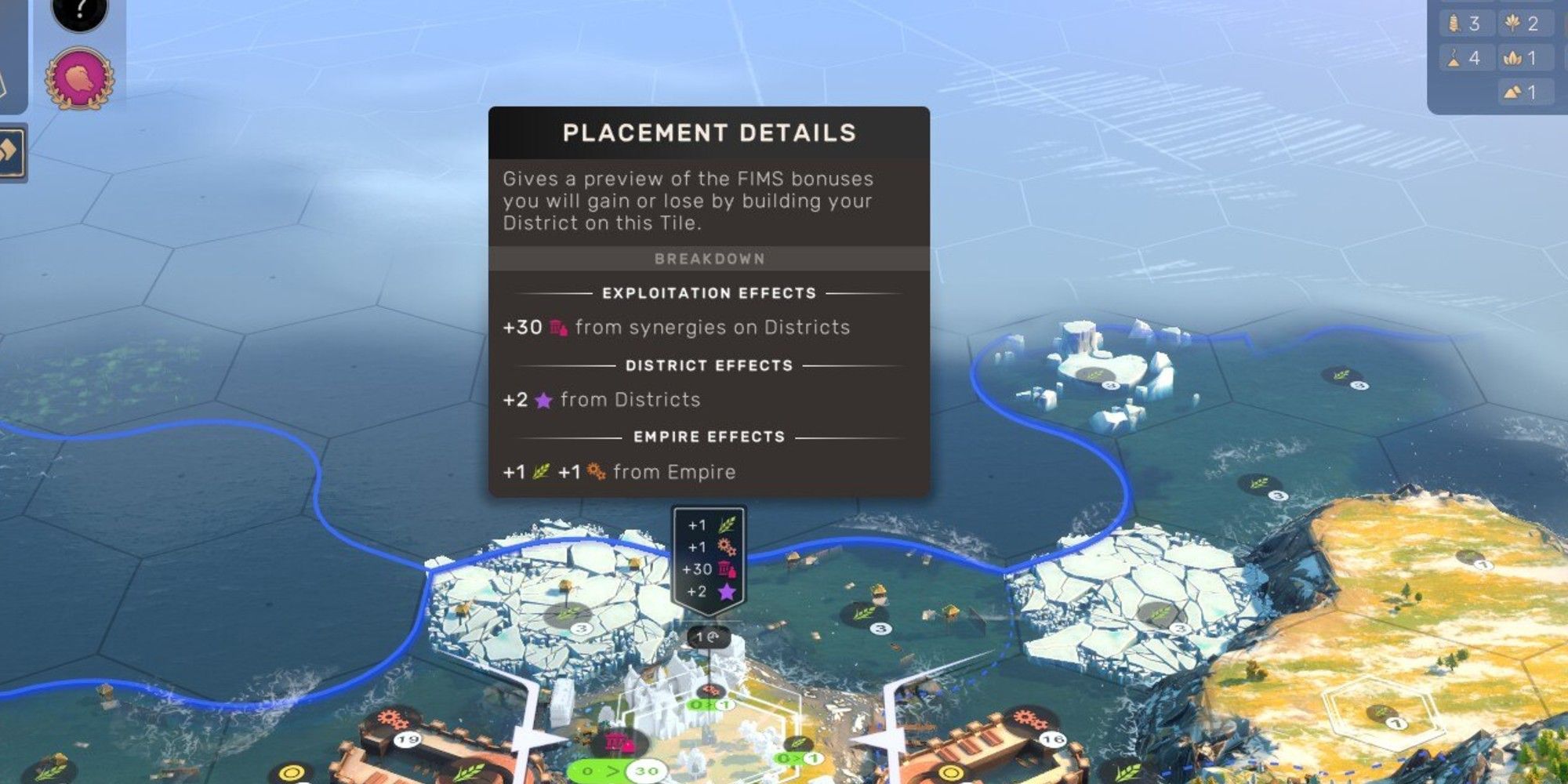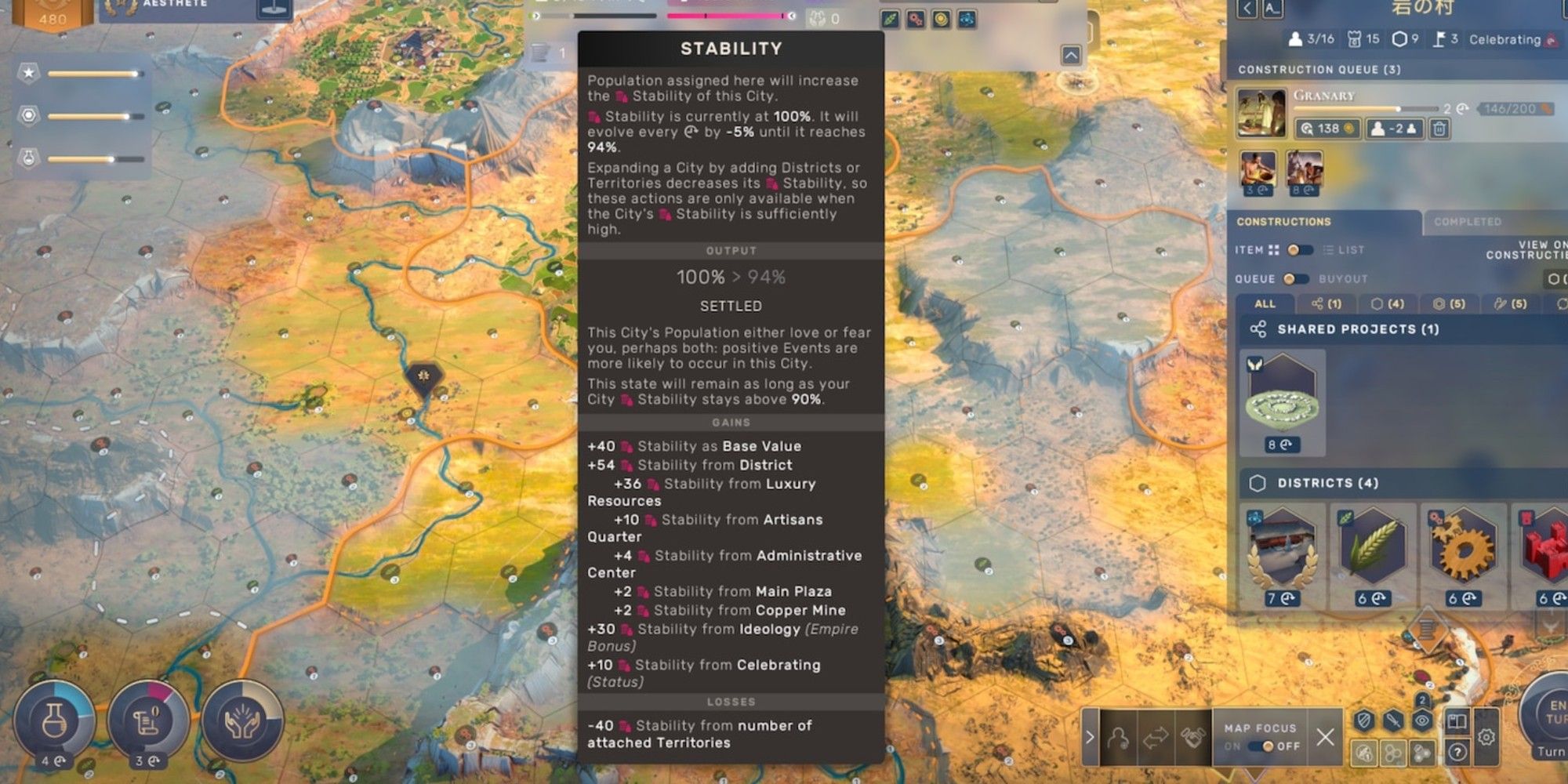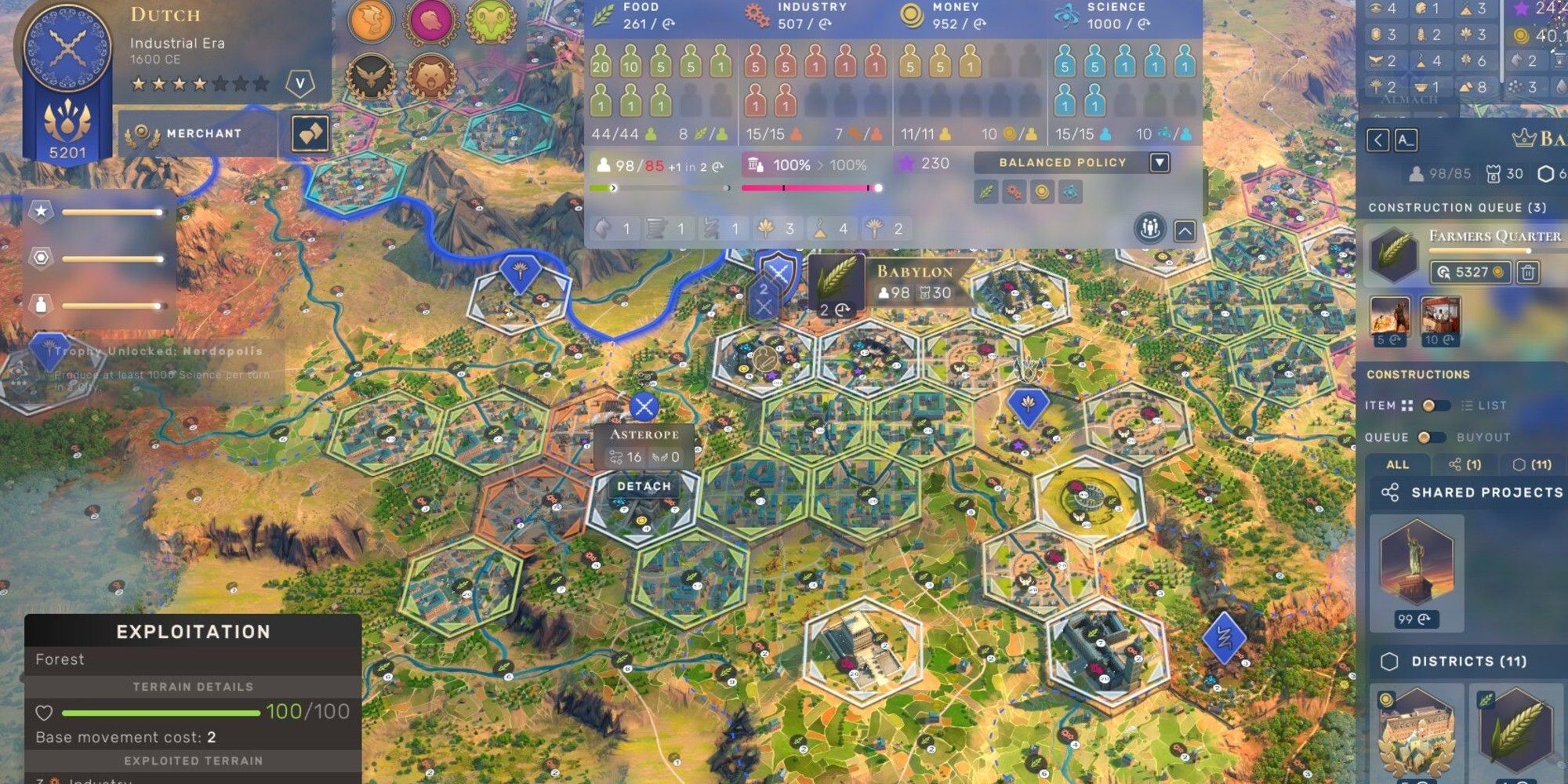As you progress through a game in Humankind, you will encounter the stability mechanic. In a nutshell, stability represents the public order within your culture and can fluctuate for a variety of different reasons.
In this guide, we are going to go over how to manage your culture's stability. The stability in your culture is treated as a resource; you can gain or lose points depending on the buildings, units, and projects that you have. First, let's take a look at the different levels of stability that can occur.
Levels of Stability
Stability is calculated per city, as well as for your entire culture. The stability level is presented as a percentage, with 100 percent being completely stable with great public order. In total, there are three stability levels; settled, strained, and mutinous. Below, let's go over each of these levels.
Settled
Settled cultures have a stability level between 91 and 100 percent. Cities that are settled will have a higher chance of a positive event occurring, as well as two additional influence points per population. This is the stability level that you should aim for.
Strained
Strained cultures have a stability level between 30 and 90 percent. With a strained stability level, you will receive one influence point per population and have a 50 percent chance of a positive event happening. Although it's not great to have a strained stability level, the consequences are not terrible. With a bit of hard work, you should be back to settled in no time.
Mutinous
This is the worst stability level. Mutinous cultures have a stability level between 0 and 29 percent. If a city is mutinous, you will not be able to build new districts. Additionally, the population will start to decrease as citizens flee the city. The chance to have a negative event will increase as well.
Factors That Affect Stability
As mentioned before, stability fluctuates due to a variety of reasons. Below, you can find all the positive and negative factors that influence stability.
|
Negative Effects on Stability |
Positive Effects on Stability |
|---|---|
|
|
Cities will also be able to invest in infrastructure projects. These projects affect the resources in your city, including stability. Below, you can check out a list of all infrastructure projects, as well as the amount of stability they provide.
-
Garrison
- City Watch: +5 Stability
- Police Force: +10 Stability
- Secret Police: +5 Stability
-
Commons Quarter
- Neighborhood Watch: +5 Stability
-
Misc. Projects
- Public Fountain: +15 Stability
- Aqueduct: +20 Stability
- Sewage Treatment Plant: +25 Stability
In addition to infrastructure, civics can also influence stability. There are several civics that you can choose between, with several impacting stability. For example, the Cultural Blessings civic gives you the option to pick Monoculturalism, which increases stability on a city's Main Plaza or Administrative Center by five.
Lastly, stability can be increased through the Games public ceremony. This ceremony becomes available during the Classical era and provides an additional five stability, which is permanent. The ceremony can be repeated as often as you want to increase stability.
Managing Stability
So, with all these ways to increase and decrease your stability, what is the best way to maintain a "settled" stability?
Overall, try not to expand your territory too quickly at the beginning of the game. You want to maintain high stability, but adding territories to your nation will bring it down. Additionally, it's important to build a garrison as well as related infrastructures. Even if you plan to play peacefully and not engage in any war, the garrison can help keep public order. Essentially, your citizens will feel safe. Along with the garrison, be sure to add a Commons Quarter to your city. Remember, you can build districts more than once. Don't be afraid to add a few of these districts to a city.
Different cultures will also affect the overall stability of a city. If you are struggling to increase stability, be sure to read the descriptions of other cultures when entering a new era. For example, with the Zhou culture, each district will gain two stability. You will also be able to build a Confucian School, which increases stability by eight.
Cultures each have an affinity as well. With the Agrarian affinity, a city's stability will increase by five when gaining population. This is a great way to increase stability without having to build several new districts.
That's all there is to managing stability! It's important to remember that over time, your stability will increase. As you unlock new infrastructures and gain additional units, your stability will increase. Although districts decrease stability by ten, you shouldn't find that discouraging. It's better to have a farm district providing food to your population rather than a city with 100 percent stability. Over time, you will make up for this loss in stability.





